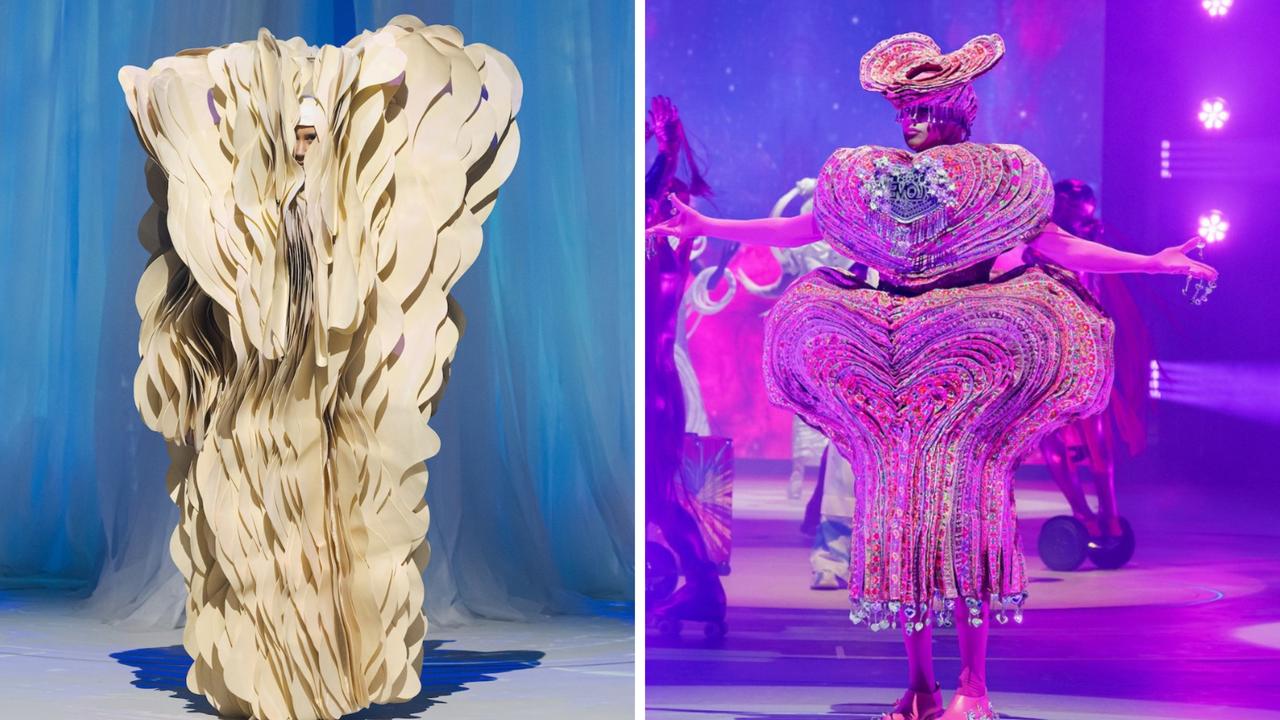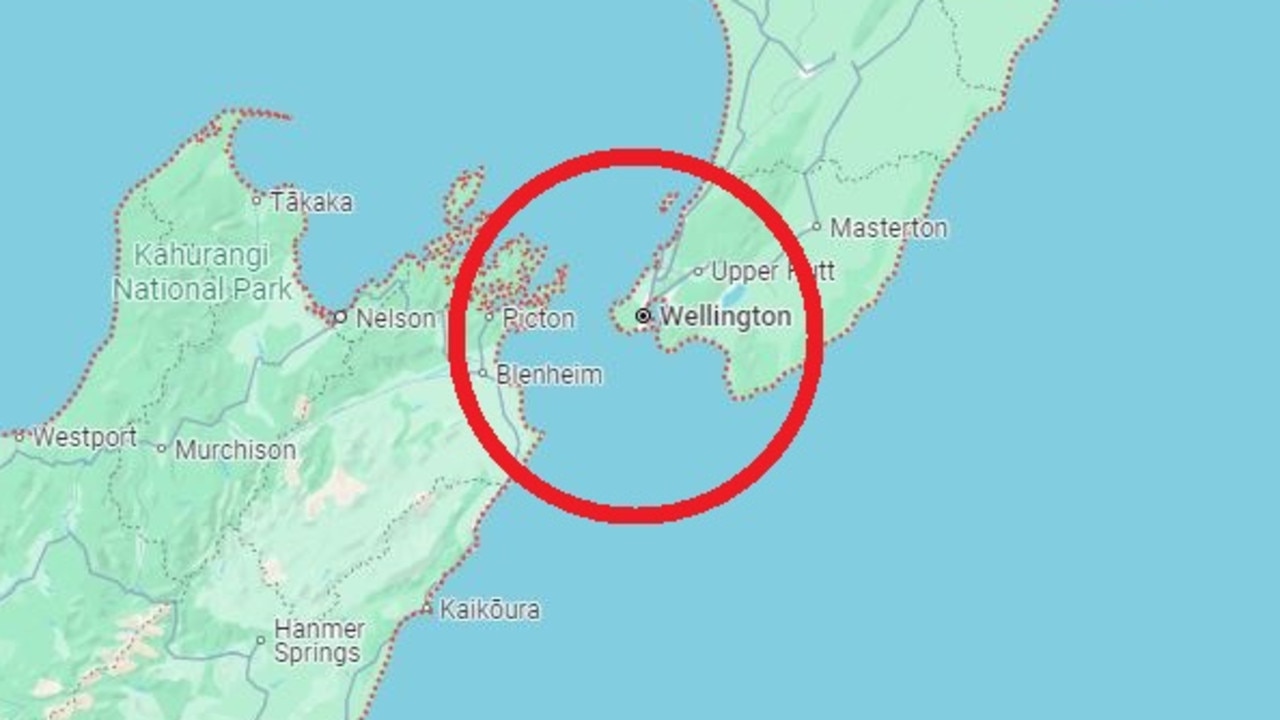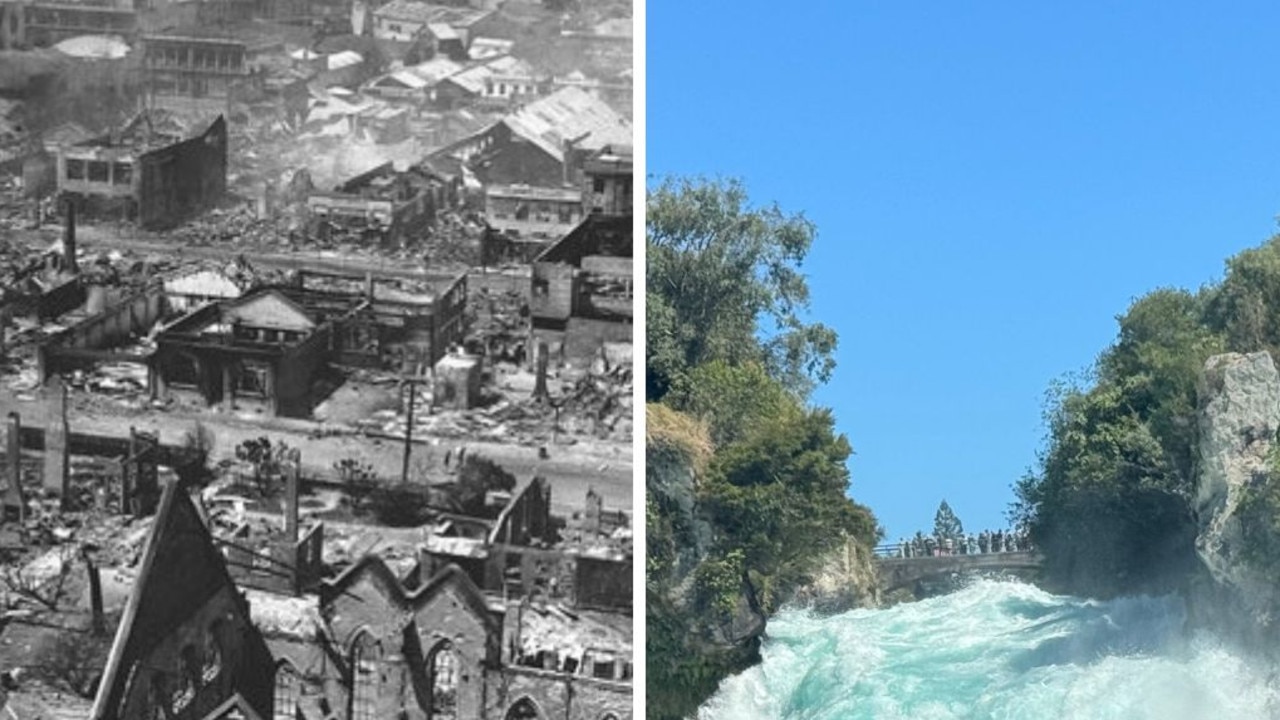Lord of the Rings: New Zealand trip has something for everyone
Just hours from Aussie doorsteps lies a land so breathtaking and dramatic, it hardly needed any work to transform into a fantasy movie world.
It’s been exactly 20 years since the Lord of the Rings trilogy made megastars from the likes of Elijah Wood, Viggo Mortensen, Orlando Bloom – and New Zealand.
The franchise remains one of the most successful of all time after making its big debut on December 26, 2001 with The Fellowship of the Ring.
The Two Towers (2002) and The Return of the King (2003) would follow, along with a sweep of Oscars – 17, in fact – and a mammoth tourism boost for the breathtaking country that gave the performance of a lifetime in its role as Middle-earth.
Less than a decade later, The Hobbit franchise once again brought the movie magic back to the land where it all started.
Unlike most films, which have their sets packed up shortly after production ends, and – in the case of particularly successful ones – display them on studio lots, fans of the J.R.R. Tolkien fantasy can still visit plenty of the perfectly-intact filming locations.
This is because New Zealand-born director Peter Jackson didn’t need to add much to his home country’s dramatic landscape before plonking some hobbits, wizards, orcs and other magical creatures into it and turning on the camera.
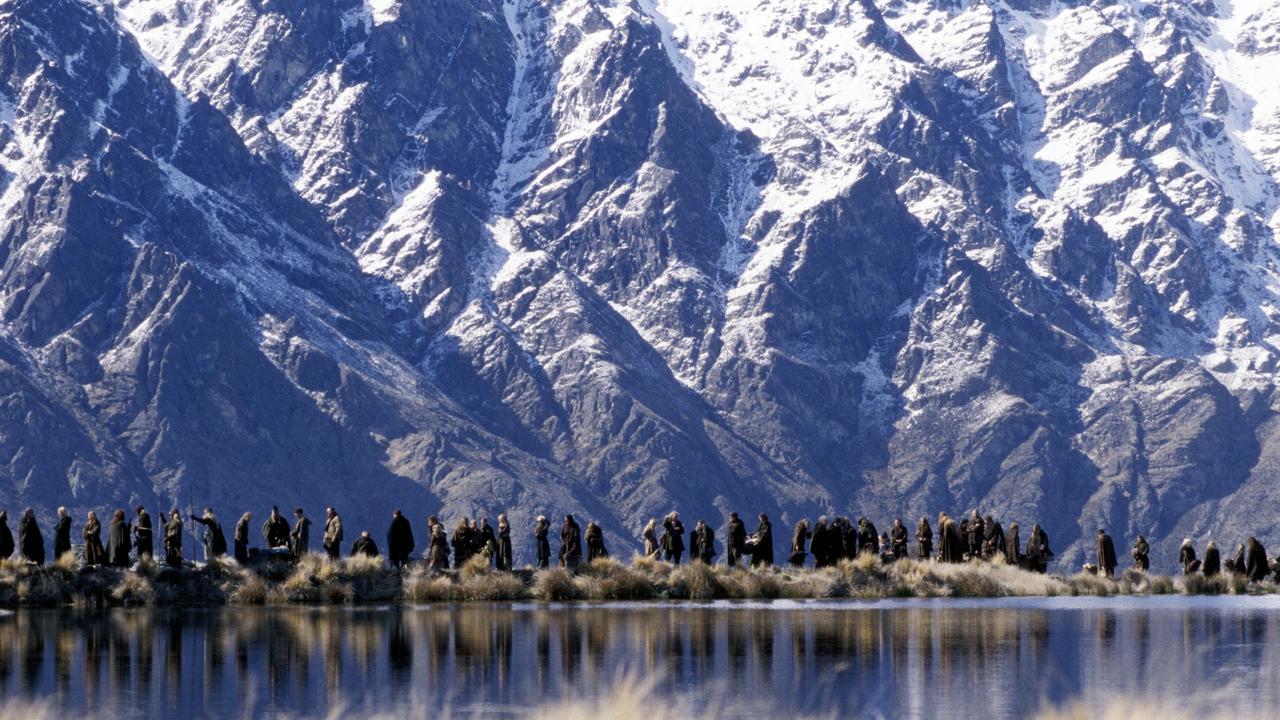
Shortly before borders around the world slammed shut as Covid-19 began wreaking havoc last year, I finally experienced the ultimate LOTR fan trip: a tour of the trilogy’s famous filming locations.
More than 18 months on, with the world slowly reopening and Air New Zealand providing easy, short flights across the ditch, it’s a pilgrimage that should be at the top of everyone’s “to-do” list.
The best part? You don’t even need to be a fan to have the time of your life, thanks to Jackson’s decision to shoot within New Zealand’s most picturesque and unique regions.
Hobbiton, Matamata, North Island
First stop, of course, has to be where it all began: Hobbiton.
“In a hole in the ground, there lived a hobbit”, Tolkien famously wrote all those years ago – and 20 years after his vision came to life on the big screen, fans can wander through the gloriously detailed hobbit village, and even wander up to the door of Bilbo Baggins’ (and later Frodo’s) home.
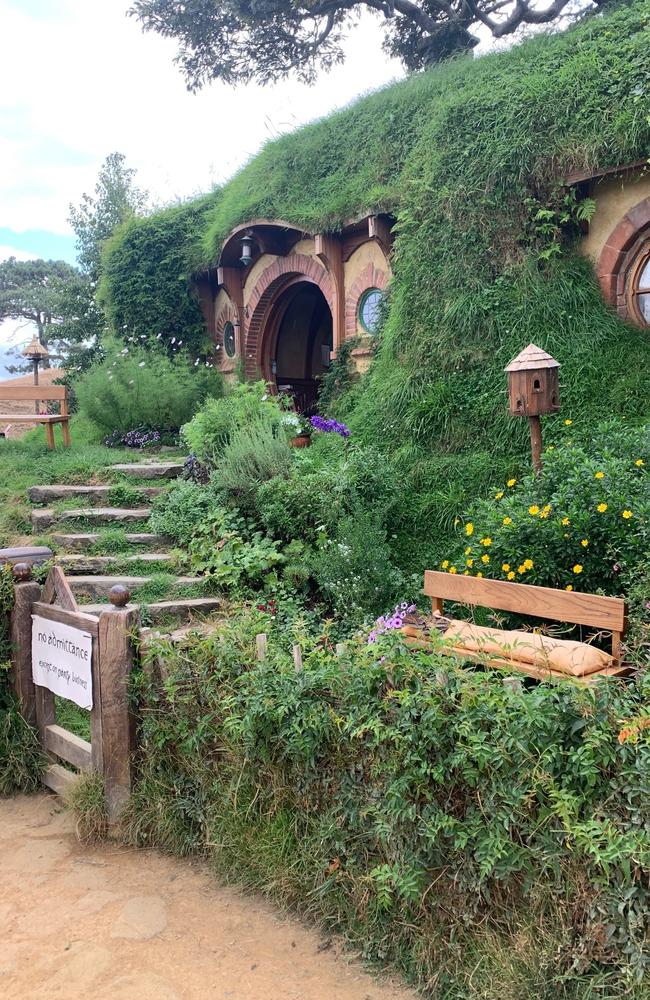
It was all built on a perfectly hilly little sheep farm in the heart of Waikato, Matamata, two hours’ south of Auckland, after New Line Cinema location scouts knocked on the property owner’s door in 1998 and asked if they could have a look around.
What neither could foresee at the time was just how lucrative that moment would prove to be: thanks to the enduring profitability of the site as Hobbiton for hundreds of thousands of tourists each year (outside of Covid-19), it brings an estimated $78 million to the region annually.
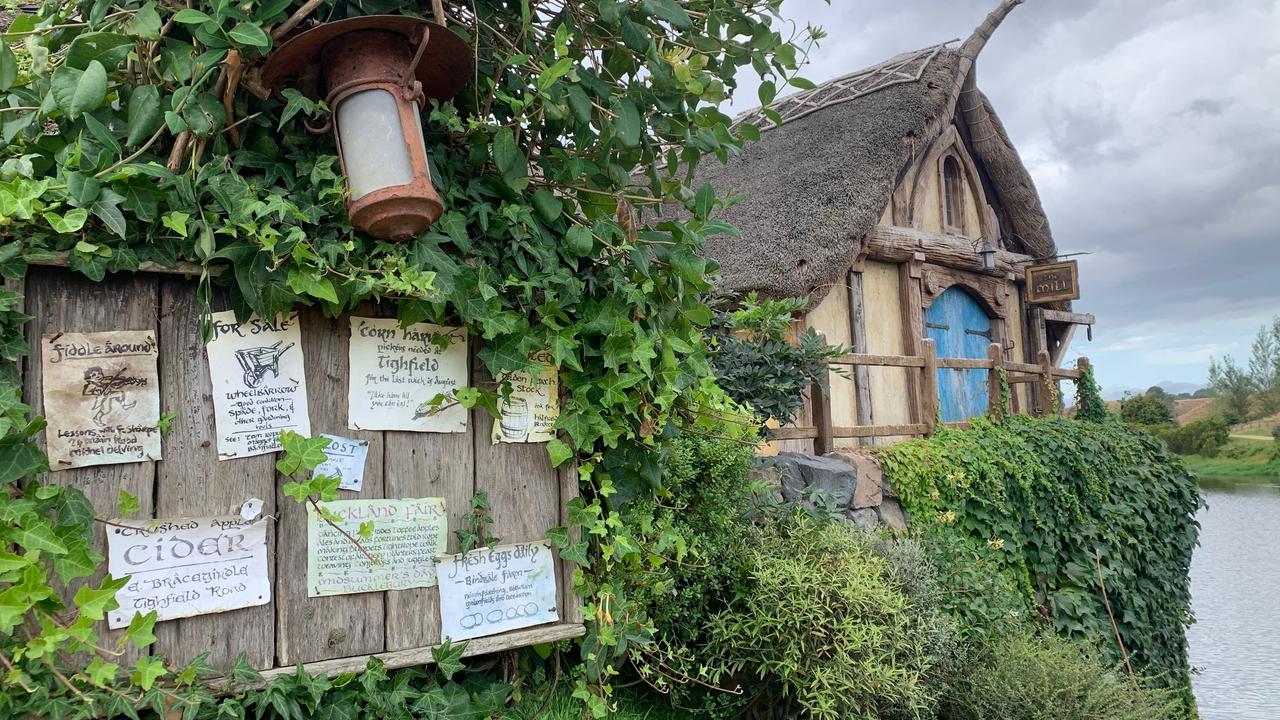
In 2019, they welcomed 650,000 visitors – up from 400,000 just four years prior, proving that interest in the smash hit fantasy trilogy is actually growing with time.
Once you’ve taken your obligatory snaps outside all the key hobbit homes on your guided tour, and allowed some time to appreciate the staggering effort that went into recreating Tolkien’s imagined town, it’s time to finish up with a beer or cider at The Green Dragon, a perfect recreation of the pub in The Shire where the furry-footed locals would frequent.
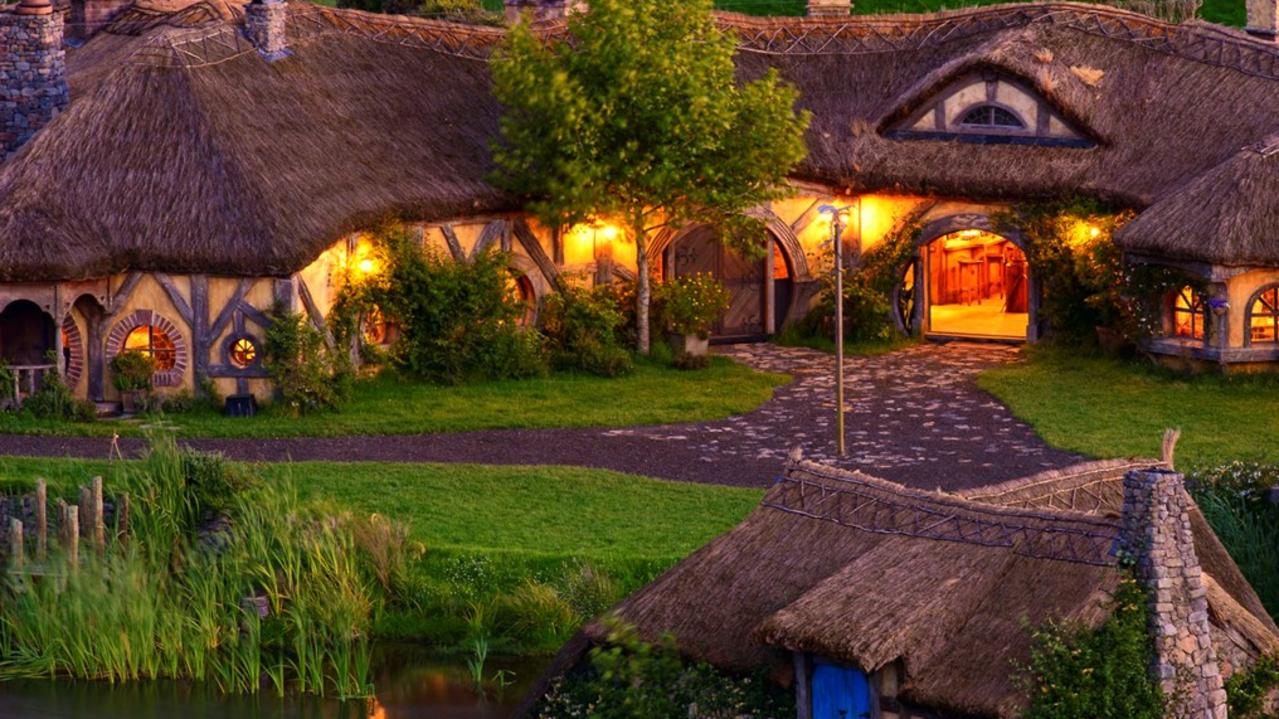
The pure enthusiasm from the Hobbiton Movie Set guides is unparalleled: even the most ardent LOTR fans will leave with plenty of stories from filming that they’d never heard before, myself included.
(For example: Bilbo’s birthday cake was made of polystyrene, but featured 111 actual candles – for your next viewing of FOTR, keep an eye out for the smoke in the background during his speech, from where it lit on fire).
WÄ“tÄ Workshop, Wellington, North Island
No LOTR tour would be complete without a visit to Wellington’s WÄ“tÄ Workshop.
The production studio is where all special effects for the movie were done, where most of the costumes, prosthetics, weapons and armour were made, and it was also one of the indoor filming studios.
Part of the Workshop building is now a museum called Weta Cave, where many of the props used in the trilogy are displayed – and it’s a must-see for any fan.

Kaitoke Regional Park was transformed into Rivendell – one of the most picturesque locations in Middle-earth – for the Lord of the Rings.
Rivendell was the refuge for the Elves, and played a significant role in The Fellowship of the Ring – it was at the Council of Elrond, held in the city, that the Fellowship was formed.
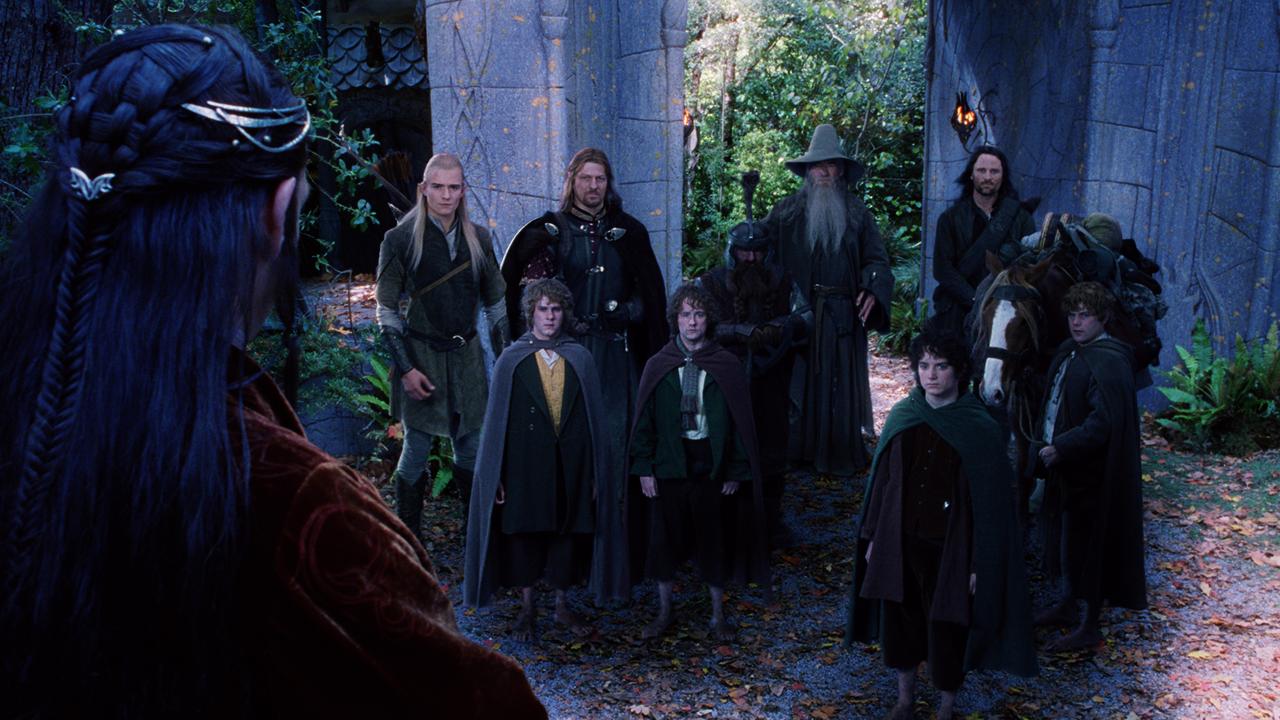
Of course, the actual infrastructure of Rivendell was made as a complex miniature in the WÄ“tÄ Workshop, but its ethereal surroundings within the ancient rainforest are as intact today as they were in 2001.
And there is one LOTR treat left behind to mark its significance: a replica Elven archway still stands among the trees, creating the perfect photo opportunity for fans.

Middle-earth scenic flight, Queenstown, South Island
The rugged terrain around the mountain region meant helicopter transportation played a crucial role in filming – including for scenes featuring Dimrill Dale (where Aragorn leads the Fellowship down the slopes away from Moria), the Ford of Bruinen (where a stabbed Frodo makes his escape from the Ring-wraiths thanks to Arwen), Lothlorien (the realm of the Elves), Isengard (Saruman’s home) and the Misty Mountains (predominantly featured in The Hobbit).
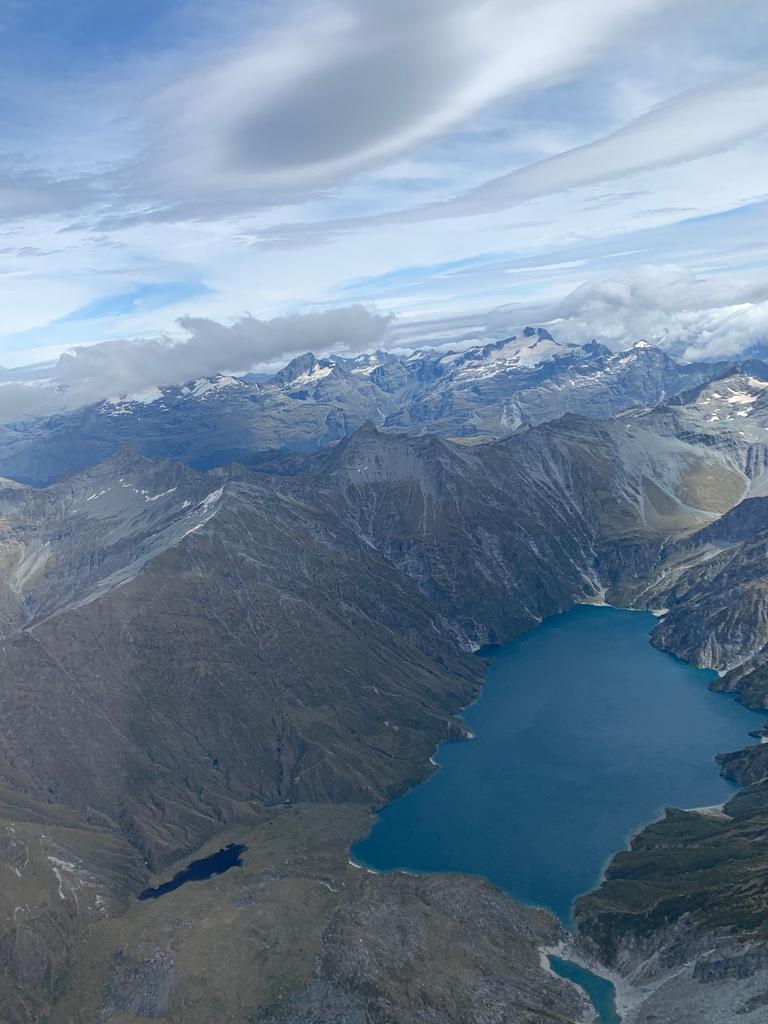

There are several excellent helicopter tours of the famous Lord of the Rings scenery around Queenstown – but who better to show you around than the company which boasts the principal film pilot for the both the LOTR and The Hobbit trilogies?
Glacier Southern Lakes Helicopter’s Alfie Speight ferried the cast and crew up and down the mountains during filming and has plenty of stories about them. One of the many he shared with us was the fact that Sean Bean (Boromir) had had a deathly fear of flying.
Before heading up the hill to shoot the scene where Frodo (Elijah Wood) drops the ring into the snow and Boromir picks it up, the actors who played hobbit pranksters Merry and Pippin decided to take the lead from their characters and tell the pilot that Bean was a flying enthusiast – leading Speight to “treat” him to a series of special air tricks.
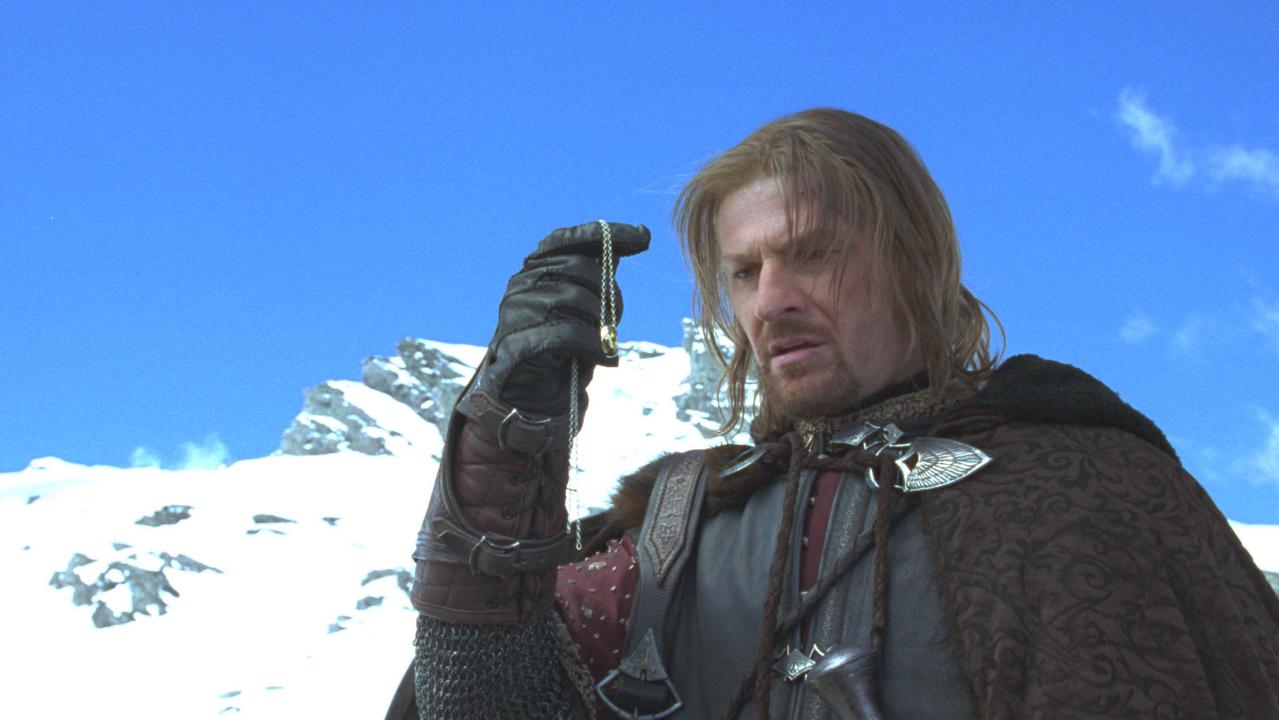
A white-faced Bean was later dropped at the top of the mountain, where he turned to the director and said: “Sorry mate, no more helicopters, I’m done.”
True to his word, the actor refused to get in another chopper, and instead made the incredibly difficult hike up the mountain in full costume for all the remaining scenes.
Sure, helicopter tours don’t come cheap. However, there really is no more spectacular way to view, not only the stunning Middle-earth locations, but also some of the most breathtaking scenery New Zealand has to offer.
Glenorchy LOTR tour, South Island
Other than Hobbiton, those in charge of protecting New Zealand’s natural beauty have made a point of avoiding signage directing people to specific Lord of the Rings filming locations, creating an environment of “controlled tourism”.
For that reason – and the fact that they’re a wealth of insider knowledge – guided tours are a must-do around Queenstown.
The Pure Glenorchy LOTR tour, departing from Queenstown, ticks off a huge raft of significant locations from the trilogy and is the only company with access to where they actually film.
Perhaps the most famous spot along this tour is Isengard, located on a patch of land called Paradise, in Glenorchy, where Gandalf rode out to meet Saruman (and realised he’d flipped to the dark side).

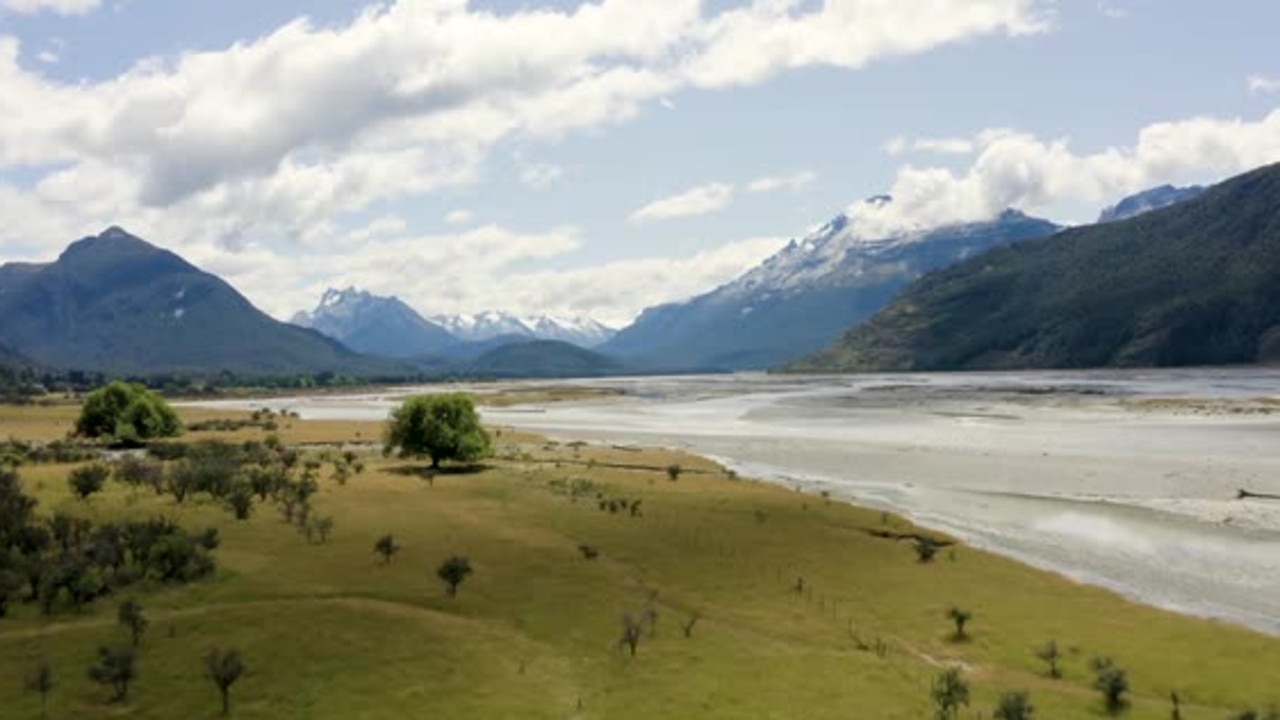
The tour also sees guests retrace Frodo and Sam’s footsteps as they crouched down and spotted Oliphants on their way to Mordor in The Two Towers, filmed on a patch of rugged landscape called Twelve Mile Delta slightly off the beaten track between Queenstown and Glenorchy.
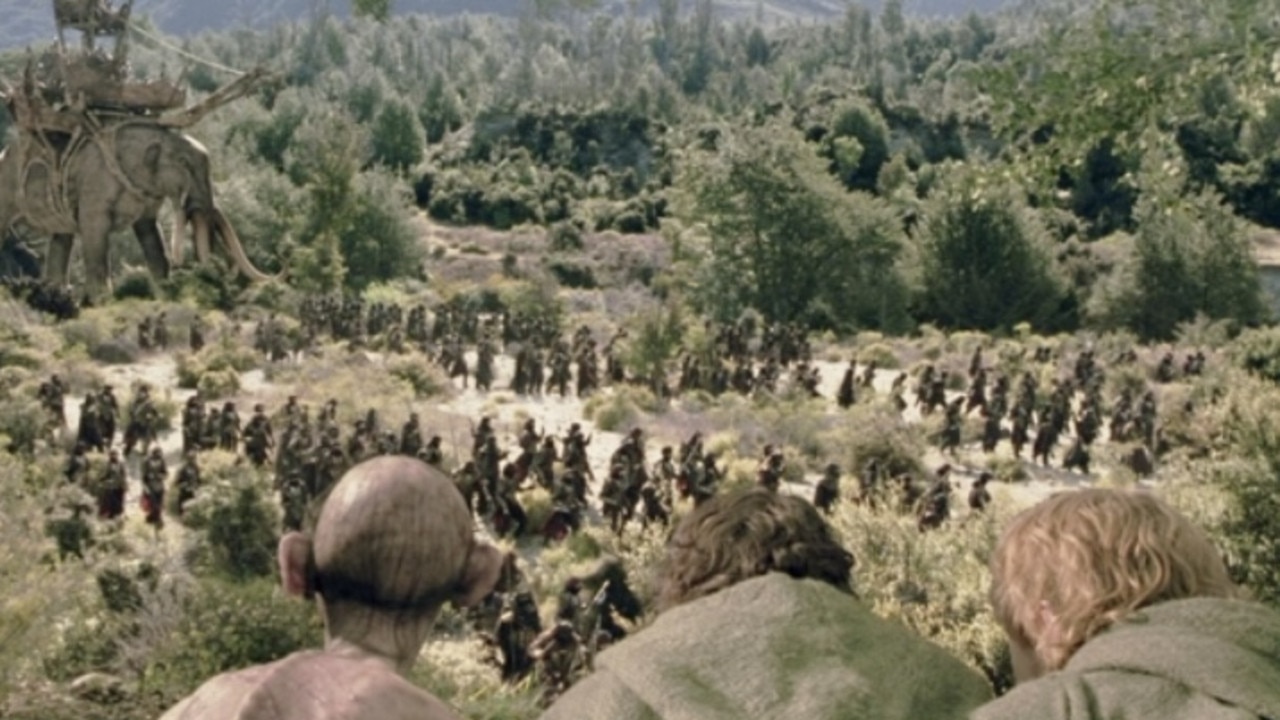
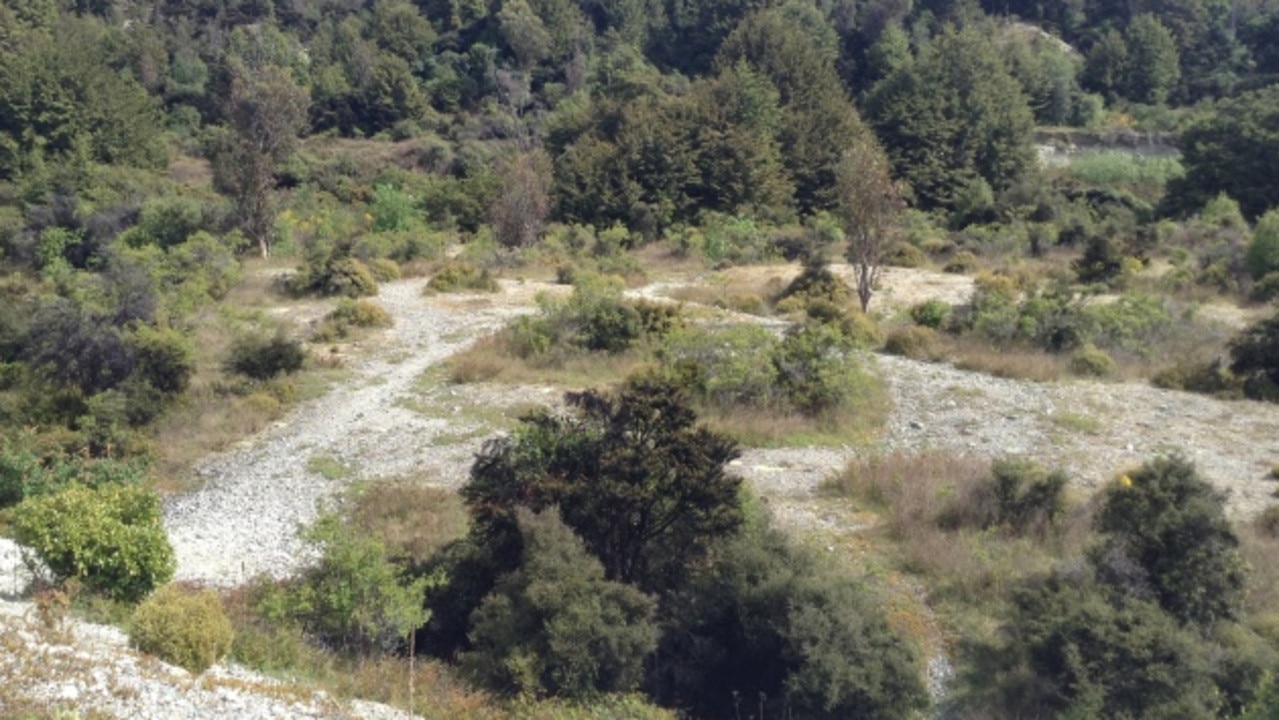
Plus, the diehard fans can really nerd out in full (provided) LOTR regalia as they swing a sword in Lothlorien forest – located near Lake Wakatipu.
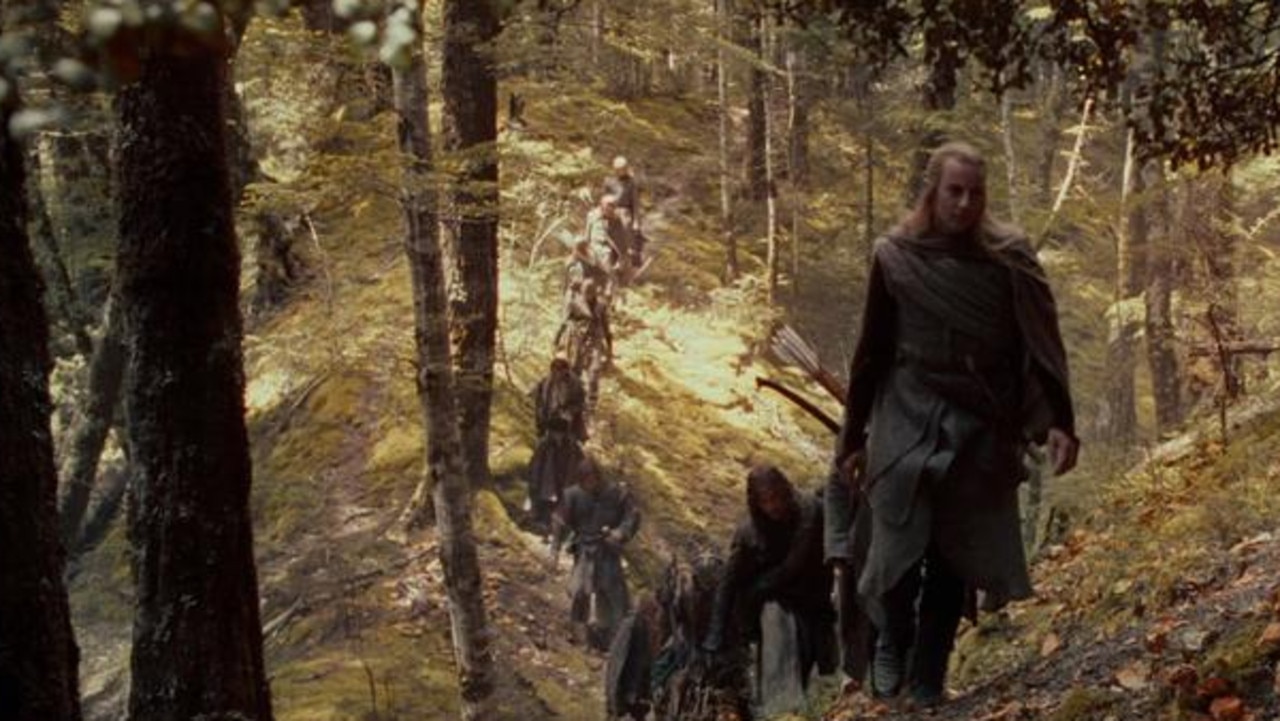
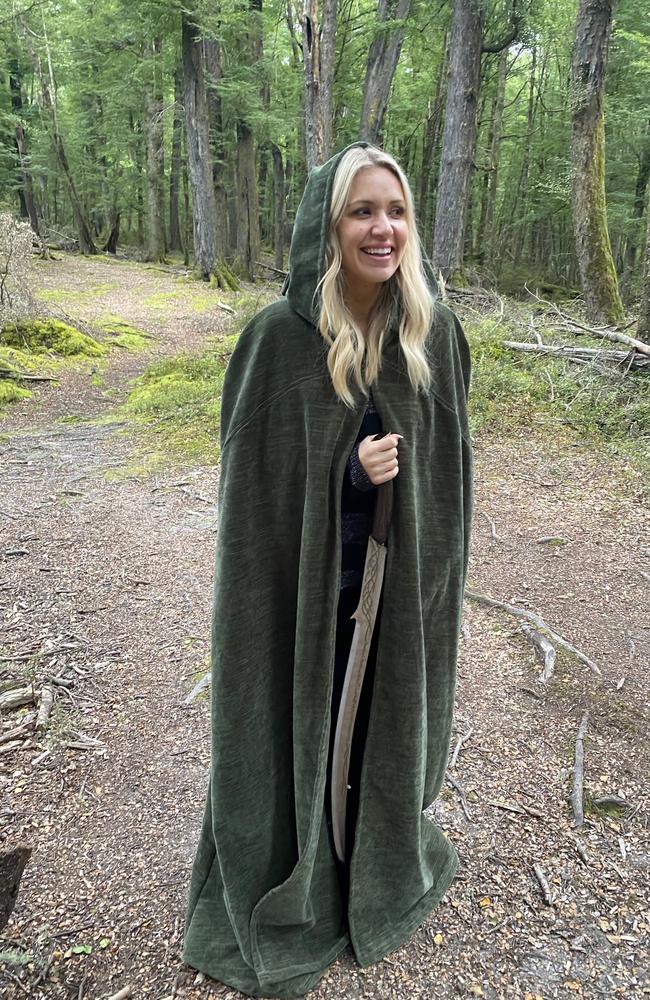
Mount Sunday, Canterbury, South Island
One of the most instantly-recognisable filming locations from the trilogy is found at Mt Sunday, which transformed into Edoras, including the city of Rohan, from The Two Towers.
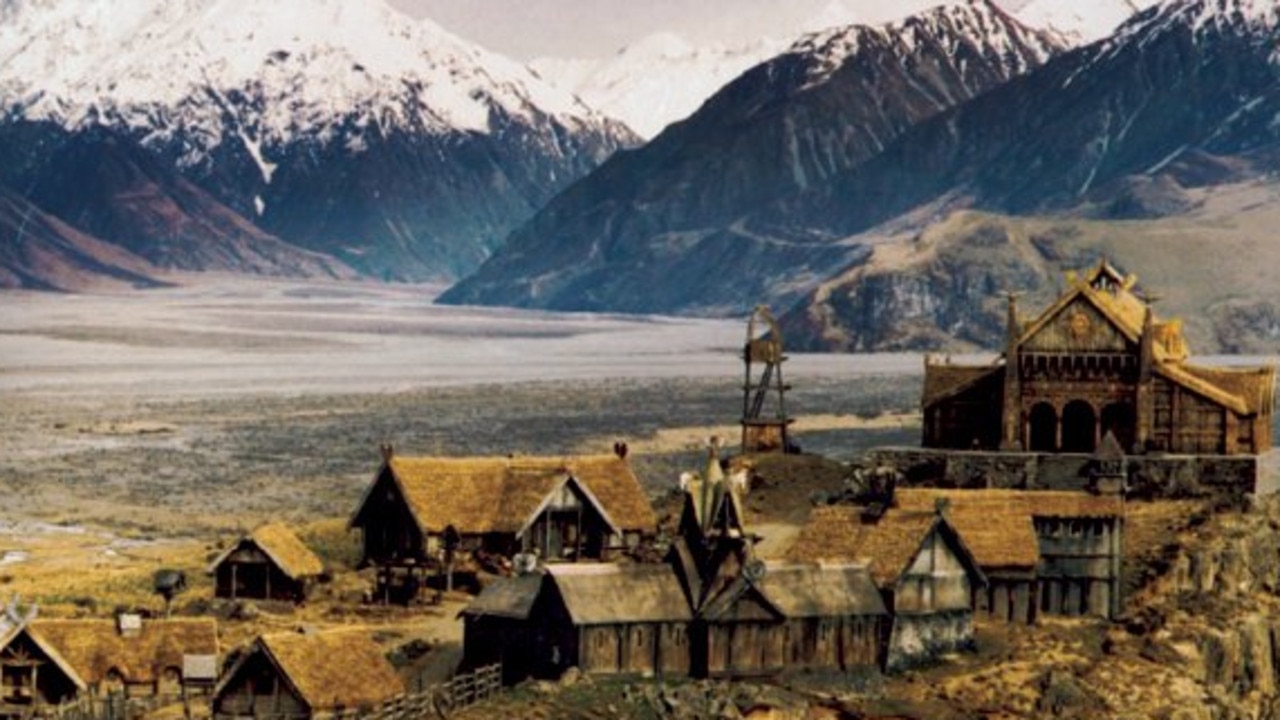
You’ll barely need to use your imagination – it’s right there in front of you, and easy to mentally add the horseriding Rohirrim cantering across the mountainous region.

More Coverage
Kawarau Gorge, Otago, South Island
While you can’t see the famous Gates of Argonath, or Pillars of Kings, from the Fellowship of the Ring in real life (they were added in post-production), it’s easy to picture them slotted into the landscape as you head along the Kawarau River in Central Otago.
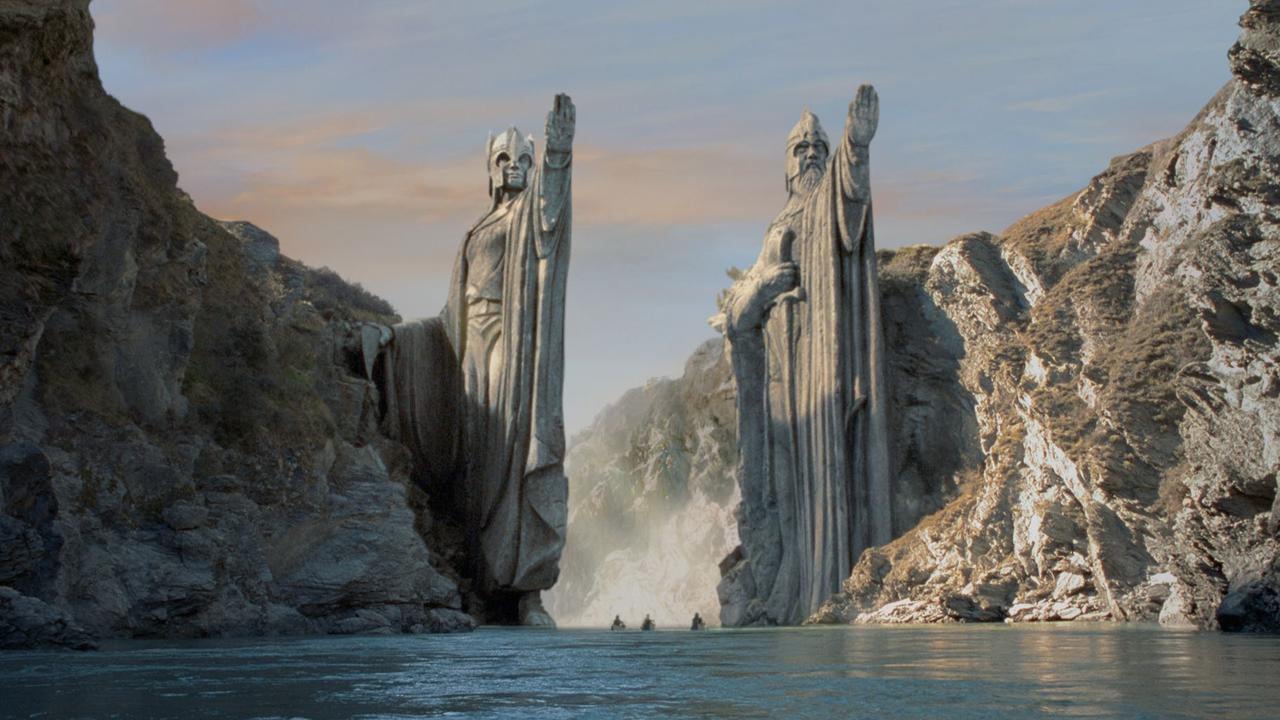
The writer was a guest of Air New Zealand, Pure Glenorchy Scenic LOTR Tours, Hobbiton Movie Set, Glacier Southern Lakes Helicopter Tours and Destination Queenstown.




